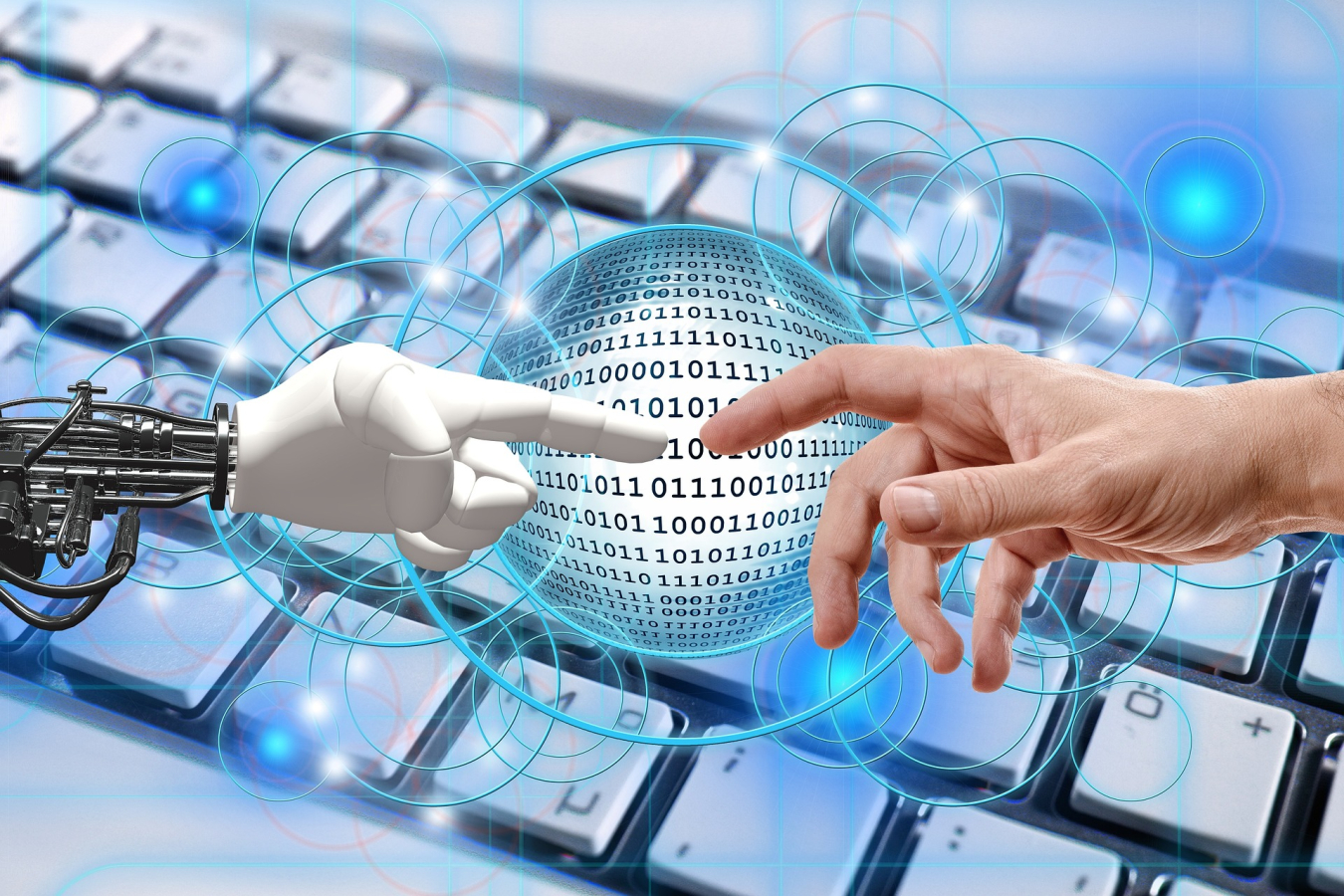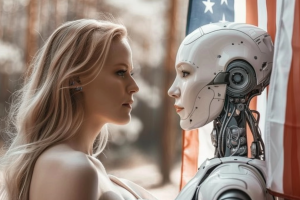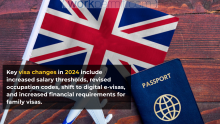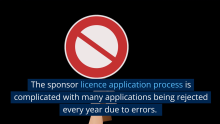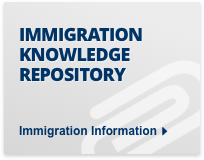Support migrant centric journalism today and donate

By Sanwar Ali:
As artificial intelligence (AI) and automation continue to revolutionize the global workforce, the demand for human labor is changing. With various job sectors being threatened by AI, the need for immigration and sponsor licences might decrease in the future. This article explores the impact of AI on job prospects for migrants, the potential shift in immigration policies, and the jobs that may still be available for migrants in the coming years.
Table of Contents
- Introduction: The AI Revolution
- Impact of AI on Job Prospects for Migrants
- The Future of UK Sponsor Licences and Skilled Worker Visas
- The Changing Landscape of Immigration Policies
- AI and the US H1B, L1, and Green Card Visas
- Jobs That May Remain Available for Migrants
- The Pros and Cons of AI-Driven Workforce
- The Role of Education and Reskilling in the AI Era
- Adapting to the New Reality: Immigration and AI
- Conclusion: Navigating the Future of Immigration
Introduction: The AI Revolution
The advent of AI and automation has led to significant advancements in various industries. As AI becomes more proficient in performing tasks that were once solely done by humans, there is growing concern that many jobs will be replaced, affecting the demand for human labor. This shift in the workforce has implications for immigration, as the need for UK sponsor licences, skilled worker visas, and other immigration pathways might decrease.
Impact of AI on Job Prospects for Migrants
There is no denying that AI will have a profound impact on the job prospects for migrants around the world. Several sectors that have traditionally relied on migrant labor, such as agriculture, manufacturing, and low-skilled service jobs, are increasingly being automated. This could potentially lead to job losses for migrants, causing a decline in the demand, in the UK for example, for sponsor licences and skilled worker visas.
In addition, AI is also transforming high-skilled sectors like finance, healthcare, and technology, which typically employ a significant number of migrants in the US through H1B visas, L1 visas, and green cards. With AI systems being able to perform tasks such as data analysis, coding, and research in many cases more effectively than humans, the need for highly skilled migrant workers in these sectors could also decrease.
The Future of UK Sponsor Licences and Skilled Worker Visas
As AI continues to reshape various job sectors, the demand for sponsor licences and skilled worker visas, and other types of UK visa, might decrease. Companies may become more inclined to invest in AI systems instead of sponsoring migrant workers, considering the potential cost savings and increased efficiency that AI offers.
However, it is important to note that the transition to an AI-driven workforce will not happen overnight. While some sectors might experience a significant decline in the demand for human labor, others might still require skilled workers. This could lead to a shift in the types of jobs migrants are needed for. In many cases employers will still need to apply for a sponsor licence and employ people on skilled worker visas.
The Changing Landscape of Immigration Policies
The rise of AI and automation may prompt governments to reevaluate their immigration policies to better align with the changing labor market needs. This could involve adjusting the criteria for granting sponsor licences and skilled worker visas, focusing more on attracting migrants with specialized skills that complement AI technologies.
For instance, governments might prioritize granting certificates of sponsorship to companies looking to hire migrants with expertise in AI, robotics, and other emerging technologies. This would allow countries to remain competitive in the global market while addressing potential skill gaps in their domestic workforce.
AI and the US H1B, L1, and Green Card Visas
As AI continues to disrupt various industries, the demand for H1B, L1, and green card visas might evolve. While the overall demand for these visas may decrease due to the reduced need for human labor, there could be a shift in the types of jobs and skills that qualify for these visas.
For example, there might be a greater emphasis on attracting migrants with expertise in AI, machine learning, and robotics, as these skills become increasingly valuable in the global economy. In this scenario, the criteria for obtaining H1B, L1, and green card visas might be adjusted to prioritize these high-demand skills.
Jobs That May Remain Available for Migrants
Despite the potential job losses caused by AI and automation, some jobs are expected to remain available for migrants in the future. These jobs may include:
- Care work: Jobs in elderly care, childcare, and healthcare are expected to remain in demand, as they require human interaction and empathy, which AI cannot replicate.
- Highly specialized roles: Jobs that require specialized knowledge and skills, such as AI research, robotics engineering, and advanced data analytics, are likely to be in high demand.
- Service roles: Jobs in sectors like hospitality and customer service, which require human interaction and problem-solving, may still require human workers.
The Pros and Cons of AI-Driven Workforce
The transition to an AI-driven workforce has both advantages and disadvantages. On one hand, AI offers increased efficiency, cost savings, and the potential to create new, high-skilled jobs in AI-related fields. On the other hand, it can lead to job losses, particularly in low-skilled sectors, and contribute to growing income inequality.
In the context of immigration, an AI-driven workforce could reduce the need for large-scale migration, easing pressure on housing, infrastructure, and social services. However, it could also lead to a decline in opportunities for migrants, and others.
The Role of Education and Reskilling in the AI Era
As the demand for certain jobs declines due to AI, it becomes crucial for migrants and local workers alike to invest in education and reskilling. By developing skills that complement AI technologies and focusing on industries with a high demand for human labor, migrants can remain competitive in the global labor market.
Governments and educational institutions should also play a role in providing accessible training and education programs to help workers adapt to the changing labor market. This could involve offering specialized courses in AI, robotics, and other emerging technologies, as well as promoting the development of soft skills like critical thinking and creativity.
Adapting to the New Reality: Immigration and AI
As the world adapts to the new reality of AI and automation, it is crucial for all stakeholders – governments, businesses, educational institutions, and individuals – to prepare for the changes ahead. By investing in education, reskilling, and rethinking immigration policies, countries can navigate the challenges posed by AI and harness its potential benefits.
Conclusion: Navigating the Future of Immigration
The rise of AI and automation will undoubtedly impact immigration and the demand for sponsor licences and skilled worker visas. While some jobs may be replaced by AI, others will remain available for migrants, particularly those in care work, creative roles, highly specialized roles, and service roles. By focusing on education, reskilling, and adapting immigration policies, countries can better navigate the future of immigration in the AI era.
Workpermit.com can help with Sponsor Licences
If you need help with employing Skilled Workers and help to apply for a Sponsor Licence, including complying with your Sponsor Licence obligations, Workpermit.com can help.
For more information and advice please contact us on 0344 991 9222 or at london@workpermit.com
